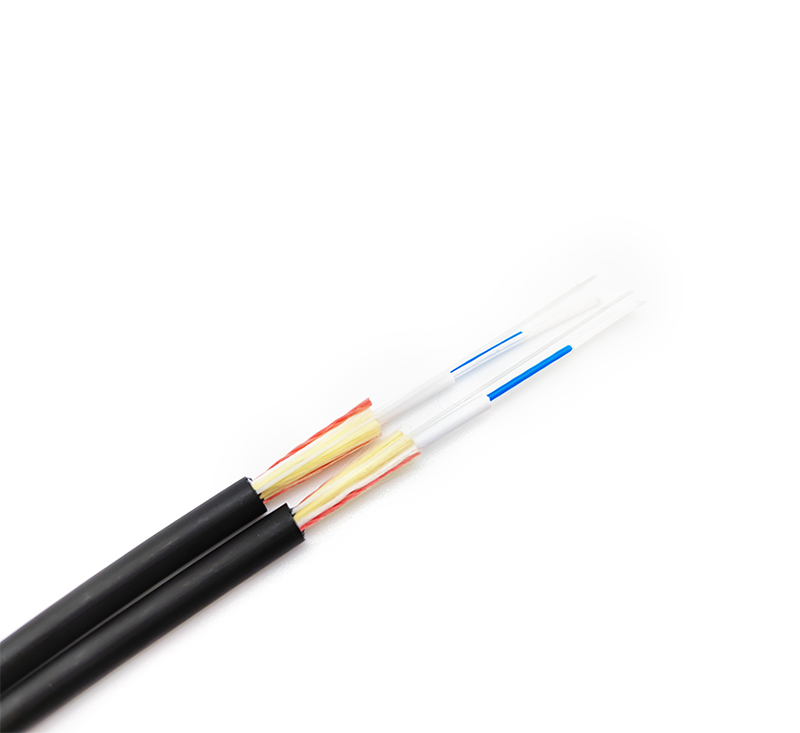Wiring is one of the key links of the information network system. The price caused by the poor design of the network wiring system is very expensive. Therefore, the wiring system designer must comprehensively plan and design according to the characteristics of the network, cable performance, and total system investment. Therefore, to build a network system that meets the needs, it is particularly important to choose the appropriate cable.

The selection of cables should be comprehensively considered according to system requirements, technical performance, investment estimates, etc., but in the wiring system, the type of cable and the structure of the wiring should be determined first (shielded cable, non-shielded cable, optical cable, or use them together).
Cables typically use insulated conductors with one or more layers of plastic sheathing. The cable usually consists of 2 to 1800 pairs. Large logarithmic cables are commonly used in backbone cabling systems, and they are particularly well suited for use in voice and low-rate data applications. The maximum lengths of these cables in trunk and horizontal (hub-to-desktop) cabling system applications are specified in the international standard ISO/IEC IS11801. The maximum cable length will depend on the application of the system, the type of network and the quality of the cable.
In addition, considering the selection of cable types in combination with the application requirements of the wiring system, the Category 5e system can support the operation of Gigabit Ethernet, and the Category 5e systems of different manufacturers can be used interchangeably; Category 5 is expensive, but its bandwidth has been expanded by 25%, and the transmission rate has been significantly enhanced. Category 6 systems are dedicated, and the components of each manufacturer have their own unique design and performance indicators. The possibility of interoperability of components from different manufacturers is very high. Small, the component index is still under study; the use of Category 6 cables should select the same level and the connector device produced by the manufacturer, because Category 6 is a special part, and the products of various manufacturers cannot yet be interoperable.
The selection of shielded and unshielded cables depends on the external electromagnetic interference. When the interference field strength is lower than 3V/m, protective measures are generally not considered. If the interference signal exceeds the standard amount, shielded cables can be selected. The price of shielded cables is 1.2 to 1.6 times that of unshielded cables. Therefore, shielded cables are suitable for areas with severe electromagnetic fields and places with high confidentiality requirements.
At the same time, the wiring system should not only take into account the current needs, but also properly take care of the future development needs, and cannot ignore the influence of external factors.
According to the previous analysis of user needs and selection principles, there are roughly the following three options for current users and their selection of wiring products:
First, high-end users. They have high requirements for the processing and transmission speed of various types of information, attach great importance to the stability and security of products and systems, and have abundant funds, represented by telecommunications, finance, scientific research, TV stations and other units. Generally, the current advanced imported brand products are used in the wiring, with optical fibers as the backbone, and the horizontal wiring is at least Category 6 copper cables, and there will be a large number of optical fibers to the desktop.
The second is intermediate users. It mainly deals with comprehensive data, image, sound or multimedia information, and has a certain scale, but does not require high information transmission speed. It is represented by mid-range office buildings, factories, large and medium-sized enterprises, medical units and smart communities. Generally, optical fiber is used as the backbone for wiring, and Category 5 copper cables (or Category 6) are used for horizontal wiring.










